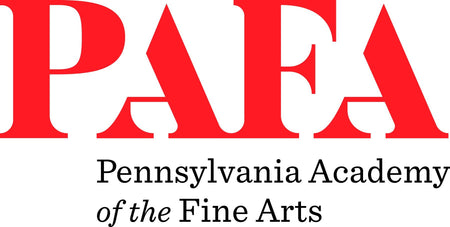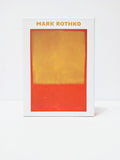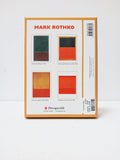Rothko Boxed Notecard
Mark Rothko was one of a small group of great artists who established New York City as central to the art world in the 1950s. While his work was an enormous critical success, critics had trouble writing about it: in that formalist era, a painting had to be considered strictly as itself; to write criticism that mentioned a work’s emotional or spiritual effect on the writer was really not acceptable. Stunningly full of silent communication, these richly hued paintings are Rothko’s thoughts made manifest and invite quiet contemplation.
20 blank notecards (5 each of 4 designs) with envelopes in a decorative box
• Printed in full color on recycled paper with soy based inks
• High-quality 250 gsm card stock
• Soft white envelopes
Box size: 5.375 x 7.375 x 1.5 in.
Card size: 5 x 7 in.
Mark Rothko, one of the preeminent modern artists of his generation, said that the subject matter of his paintings was the extremes of human emotion. During a career that spanned five decades, Rothko (American, b. Russia, 1903–1970) developed an innovative form of abstract painting characterized by rigorous attention to formal elements such as color, shape, balance, depth, composition, and scale. His early stylistic experimentation distilled into the Abstract Expressionism of his mature work—large-scale paintings featuring rectangular shapes of saturated color and shimmering emotional presence. By the late 1940s, when the devastation of a global war had shunted creative impulses into radically new directions, Rothko was an established and influential leader among New York’s artistic avant-garde.









